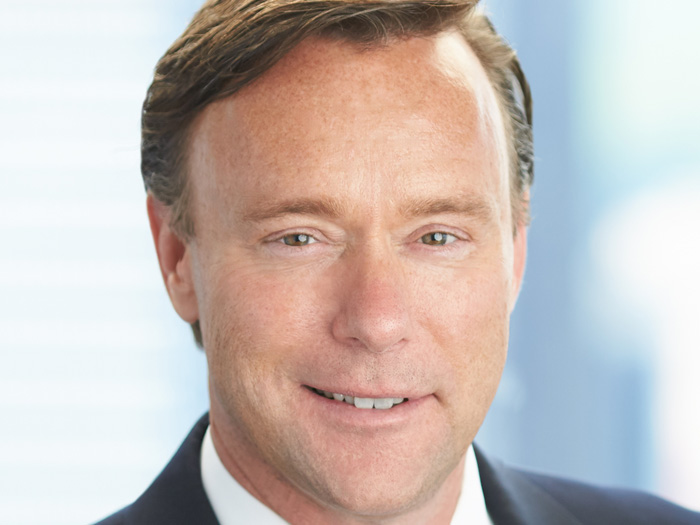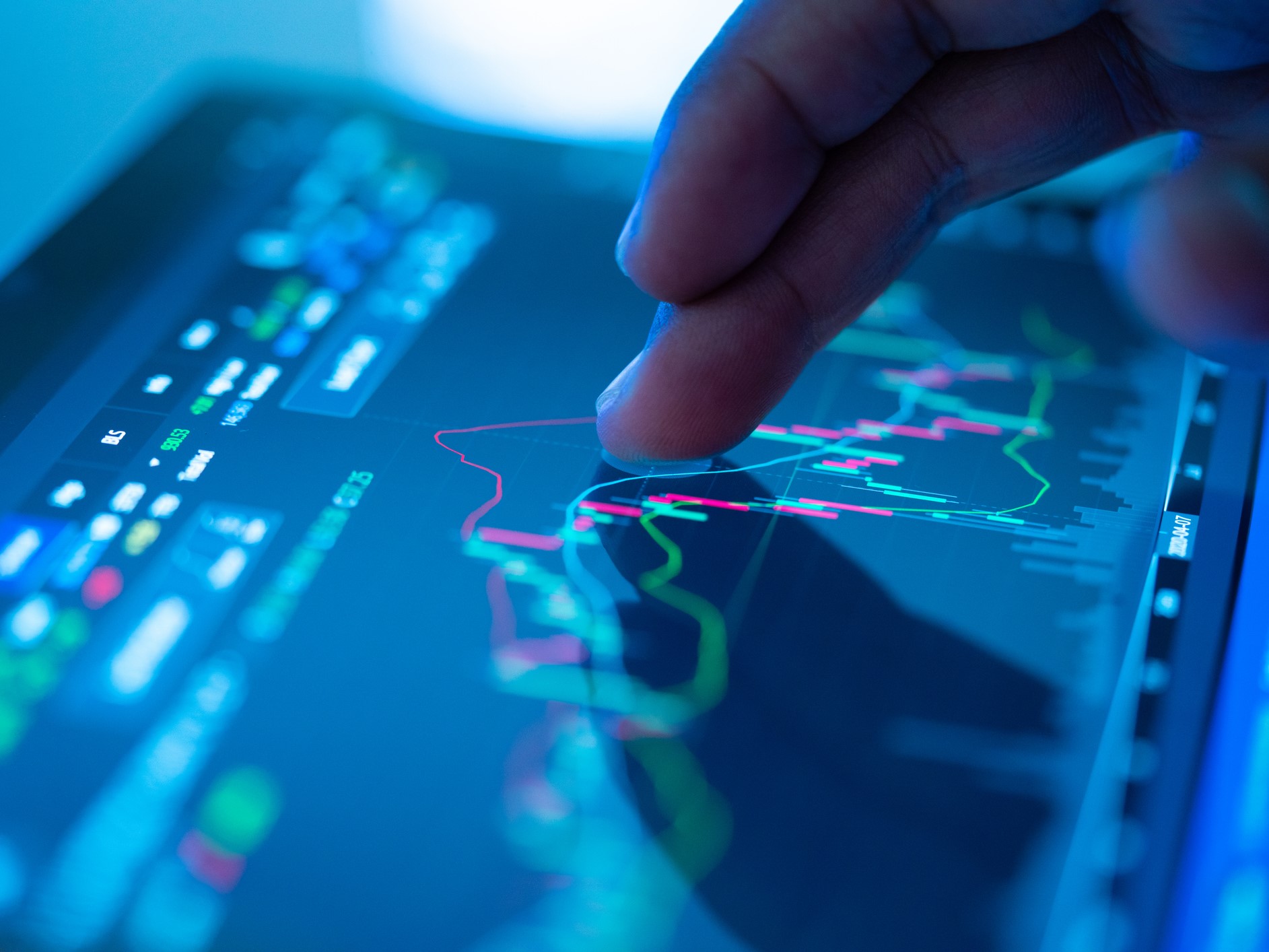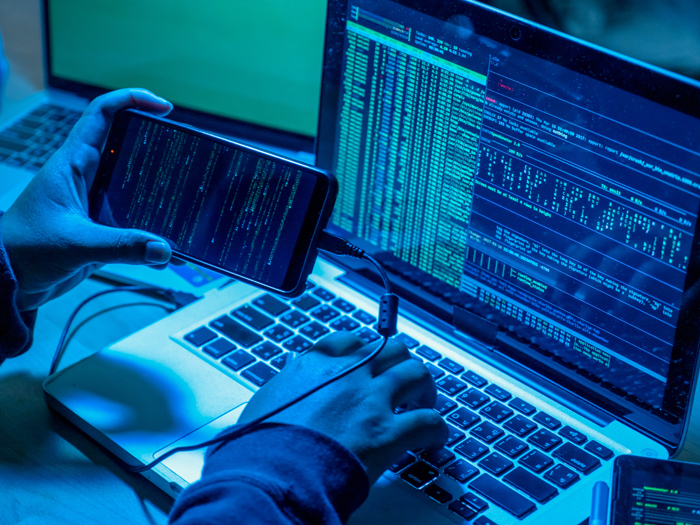This Oil and Gas Risk Manager Talks About the Transition to a Carbon-Free Future and Other Emerging Risks
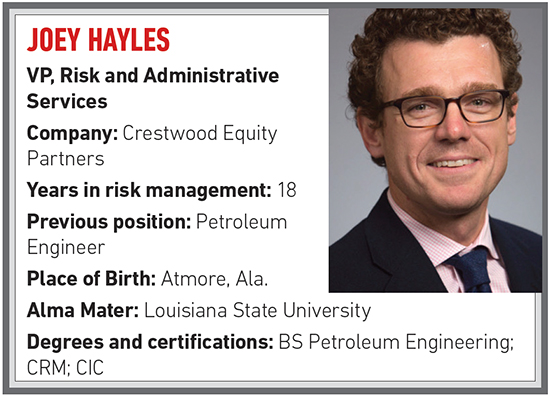
R&I: How did you come to work in risk management?
I was a petroleum engineer out of college, working for Texaco. Then I got laid off. Shell offered me an engineering job, but I decided I didn’t want to go back to that. A few of my friends were starting their own medical staffing company and asked me to help them out, so I handled all of the insurance for them.
I started doing a lot of research online and calling up states asking about their licensing requirements, bonding requirements, etc. It really whet my appetite for the insurance and compliance world.
[When] they sold the company, I started doing risk consulting for a brokerage, which is when I really started to learn about risk management. It was like drinking from a fire hose and I loved it. It was tons of learning, tons of travel. I dedicated myself to learning the art of risk management for five years.
R&I: What’s been the biggest change in the risk management and insurance industry since you’ve been in it?
In many ways, not much has changed. Yes, there’s been massive technological advancement. The industry’s analytical and modeling capabilities have come leaps and bounds from where we were 15 to 20 years ago.
But then you go to Lloyd’s, and people are still walking around with heaps of paper under their arms.
The transaction of purchasing commercial insurance essentially hasn’t changed in 100 years. Part of that may be because this is still a people business, and probably always will be, but I think the area of the transaction is ripe for some technical updates.
R&I: What emerging commercial risk most concerns you?
My biggest concern is regulation, and the inability of our government to govern. I think regulations serve very useful purposes. I’m glad there’s a Clean Water Act.
That provides a good operational framework. But our government is so dysfunctional and polarized that when we do get a regulation, there’s a risk that it will be some Frankenstein creation that doesn’t make sense. Regulations are too often so poorly thought out that they don’t benefit anyone.
For us, we have to make sure that as we move to a carbon-free future, it’s a gradual transition. We can’t ignore climate change, but we also can’t just pull the plug. It’s like going cold-turkey when you have an addiction.
We need regulations that assist in an orderly transition — not knee-jerk reactions to what the last administration did.
R&I: What are some trends or changes you’re watching specific to your industry?
Specific to oil and gas, we’re looking at induced seismicity.
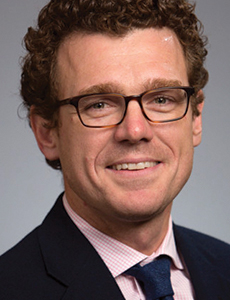
Joey Hayles, vice president, risk and administrative services, Crestwood Equity Partners
When you produce oil, you also produce a lot of saltwater as a waste product, and it has to go somewhere. That water is disposed of underground, and there have been earthquakes in those areas. The question we have to answer is, what’s the role of the wastewater disposal in those earthquakes? And if we can’t put the water underground, where can we put it?
We’re also keeping an eye on regulations, of course. We don’t mind having rules, but it’s getting harder to know what the rules are.
R&I: What role does technology play in your company’s approach to risk management, and how do you think technology will continue to shape the industry?
The oil and gas industry has historically been very people heavy, but we are adopting more automation to become more efficient and also to keep our workers safer.
We have tools now that gather and feed information from different sites and wells to a central location in real time, which means we can not only move faster, but also means we can free up workers to perform more high-level tasks.
We’re also exploring virtual reality for training purposes. We partnered with one of our carriers recently to implement VR for training forklift drivers in a salt manufacturing facility we own.
Normally, you’d have to close off part of the floor for training, which impacts operations. With VR, you can train a new driver sitting in a conference room. It’s safer and more efficient. And it’s super realistic. It’s one of the coolest things I’ve ever seen.
We’ve also implemented enterprise content management, which falls into the bucket of administrative services.
We’re transitioning from an analog environment to a digital environment, which really improves speed and efficiency and helps with compliance.
We’ll have 100,000 documents in the system by July, and maybe 250,000 by the end of the year.
R&I: What advice might you give to students or other aspiring risk managers?
Be patient. You’re not going to be the best overnight. Be kind to yourself. Failure is a very specific thing for people, and you’re going to fail at something. Be yourself. At the end of the day, it’s all going to be okay.
R&I: How many emails do you get in a day and how many do you answer?
Email is the most insidious, horrific thing to ever befall humanity. It’s such a good idea, but it’s executed so poorly. I get 75 to 100 per day, and I answer as few as possible.
R&I: What is your favorite drink?
I like all adult beverages, but if I could only choose one I would choose local, craft beer — followed closely by good London gin.
R&I: What are your goals for the next five to 10 years of your career?
My goal is to continue to build a really deep and strong bench. I want them to be able to take my job when it’s time for me to go. That’s my #1 priority.
I’d also like to give back more. I’ve had a lot of people help me through my career, and I want to give that back, helping to equip that next generation of risk managers. &





